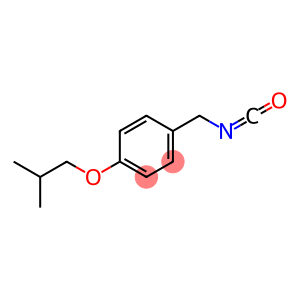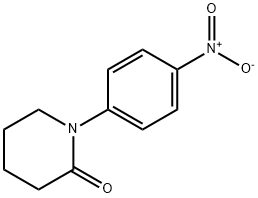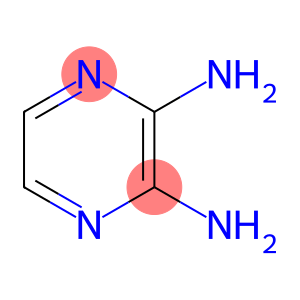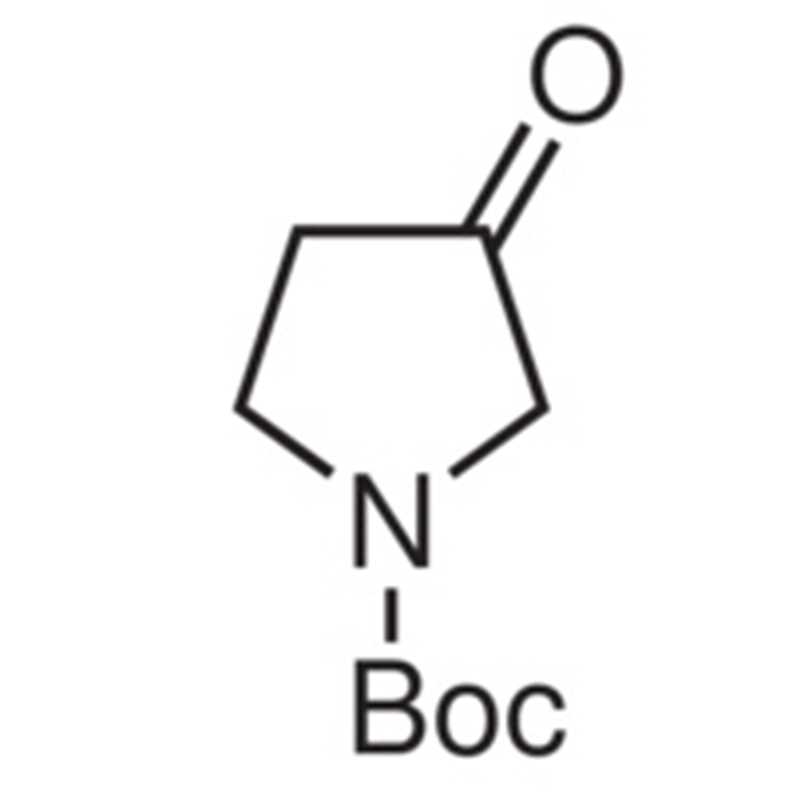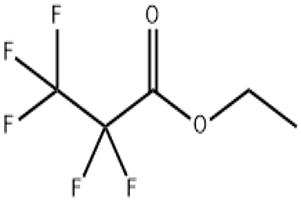trans-Cinnamic acid(CAS#140-10-3)
| Hazard Symbols | Xi – Irritant |
| Risk Codes | 36/37/38 – Irritating to eyes, respiratory system and skin. |
| Safety Description | S26 – In case of contact with eyes, rinse immediately with plenty of water and seek medical advice. S36 – Wear suitable protective clothing. S37/39 – Wear suitable gloves and eye/face protection |
| WGK Germany | 1 |
| RTECS | GD7850000 |
| TSCA | Yes |
| HS Code | 29163900 |
| Toxicity | LD50 orally in Rabbit: 2500 mg/kg LD50 dermal Rabbit > 5000 mg/kg |
Introduction
Trans-cinnamic acid is an organic compound. It exists in the form of white crystals or crystalline powders.
Trans-cinnamic acid is solid at room temperature and can be dissolved in alcohols, ethers and acid solvents, and slightly soluble in water. It has a special aromatic aroma.
Trans-cinnamic acid has a variety of uses.
The preparation method of trans-cinnamic acid can be obtained by the reaction of benzaldehyde and acrylic acid. Commonly used preparation methods include oxidation reaction, acid-catalyzed reaction and alkaline catalytic reaction.
For example, avoid direct contact with the skin and eyes to avoid irritation and inflammation. When operating, appropriate protective equipment should be used, such as laboratory gloves, protective glasses, etc. Trans-cinnamic acid should be properly stored to avoid contact with ignition sources and oxidants to prevent fire and explosion accidents. During use, operate in accordance with the correct process and operating specifications to ensure safety.



